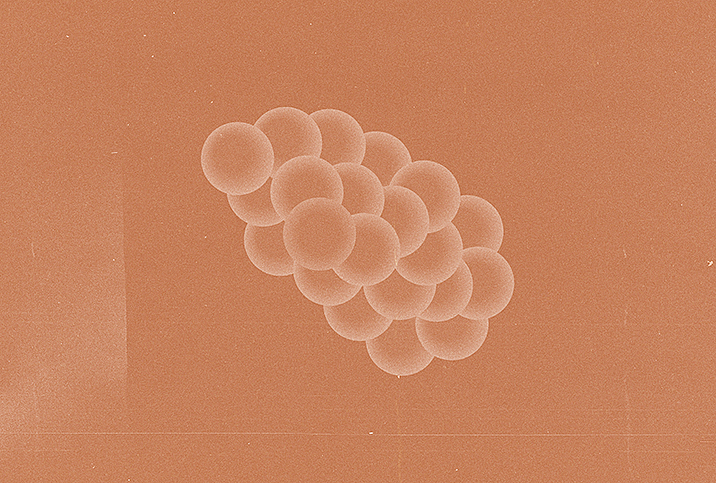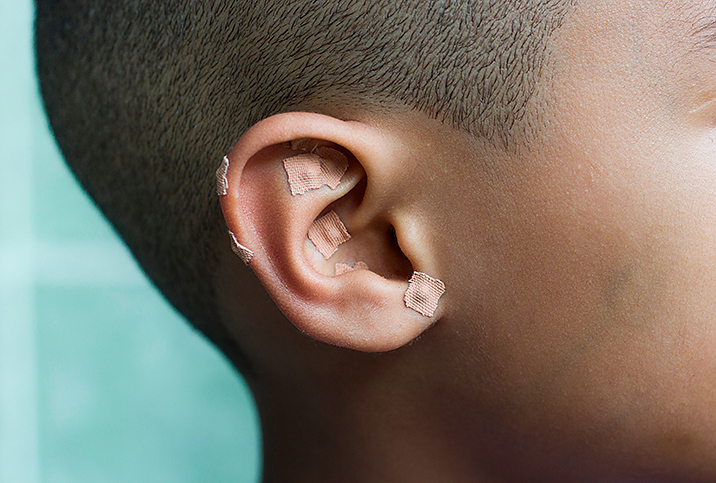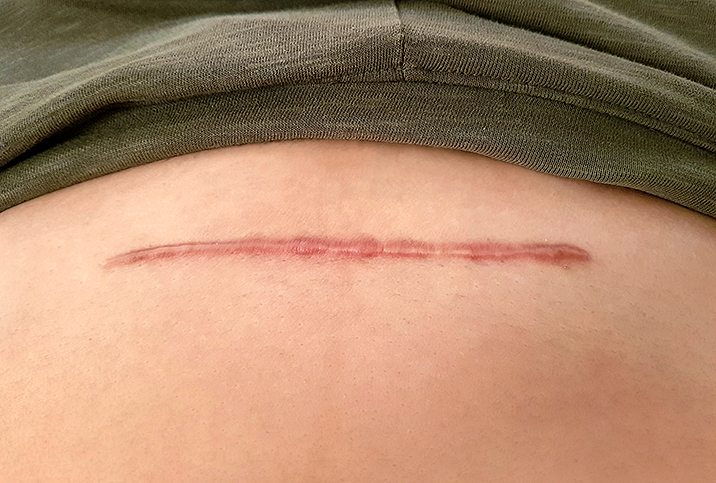What are Uterine Fibroids, and How Do You Treat Them?

Uterine fibroids—also known as myomas or leiomyomas—are benign growths on the uterus or womb. They can grow in the muscular uterine wall (intramural), in the uterine cavity (submucosal) or on the outside of the uterus (subserosa).
Leiomyomas are the most common benign (noncancerous) gynecological tumor in premenopausal women, according to the National Institutes of Health. It's estimated that 11 million women suffer from uterine fibroids.
Signs and symptoms
There are multiple symptoms, making the diagnosis a bit tricky: pelvic pain or pressure, back or leg pain or cramping, pain during sex, frequent urination or difficulty emptying the bladder, heavier than normal menstrual flow, longer duration of menstruation and constipation.
Very commonly, though, women experience no symptoms at all, and fibroids are only detected during a prenatal ultrasound or pelvic exam. While fibroids don’t prevent conception, they can cause infertility, pregnancy complications or loss.
Uterine fibroids range considerably in size, from undetectably small to masses as large as a grapefruit, although that would be rare. Uterine fibroids can grow slowly or rapidly and may shrink on their own, and you can develop just one or many. Though they can distort the shape of the uterus and cause increasing pain and complications if left untreated, they rarely develop into cancer (fewer than 1 in 1,000 fibroids turn cancerous).
Causes of uterine fibroids are not fully known, but they have been linked to genetic factors, hormones (estrogen and progesterone) and other growth factors. A 2014 study found uterine fibroids affect almost one in 10 American women, and research suggests 70 to 80 percent of women in the U.S. will develop fibroids at some point in their life.
Uterine fibroids are most common in women of childbearing age and most frequently develop in women of African and Caribbean origin. A family history of uterine fibroids may put a woman at higher risk. Additionally, women who started menstruation at a younger age, drink alcohol, consume a diet high in red meat or low in fruit or vegetables or who suffer from vitamin D deficiency are all at increased risk.
Treatment
Fibroids discovered incidentally that cause only mild or no symptoms may simply be monitored. Nonsteroidal anti-inflammatory drugs (NSAIDs) such as ibuprofen or naproxen can help with any pain.
Treatments and prescribed medications—progestin IUDs, GnRH agonists, tranexamic acid—can reduce fibroid size and menstrual symptoms by targeting hormones. You might also consider non-invasive treatments such as MRI-guided focused ultrasound surgery.
Other possibilities include minimally invasive procedures (such as uterine artery embolization or laparoscopic/robotic myomectomy) and traditional surgeries such as an abdominal myomectomy, and, more radically, hysterectomy. Hysterectomies are typically used as a last resort when previous treatment methods do not work or the fibroid has become cancerous.
What treatment is best for you will depend on pregnancy status or future pregnancy goals and other factors. Always discuss these options with your doctor.
Reducing risk
Maintaining a healthy weight and exercising regularly can reduce risk. Studies also suggest consuming a healthy, balanced diet low in red meats and high in fruit and vegetables (especially broccoli, cabbage, arugula, and collard and turnip greens). Vitamins C, E and K, beta-carotene, and folate can also help, as can reducing sugar intake. Be sure to get outside—Vitamin D may reduce uterine fibroid risk by 32 percent. Some research suggests hormonal contraceptives such as Mirena may further decrease the risk of fibroids.
If you’re experiencing symptoms, don’t worry too much—fibroids are not necessarily a big deal. But make an appointment to see your doctor for a full evaluation.


















